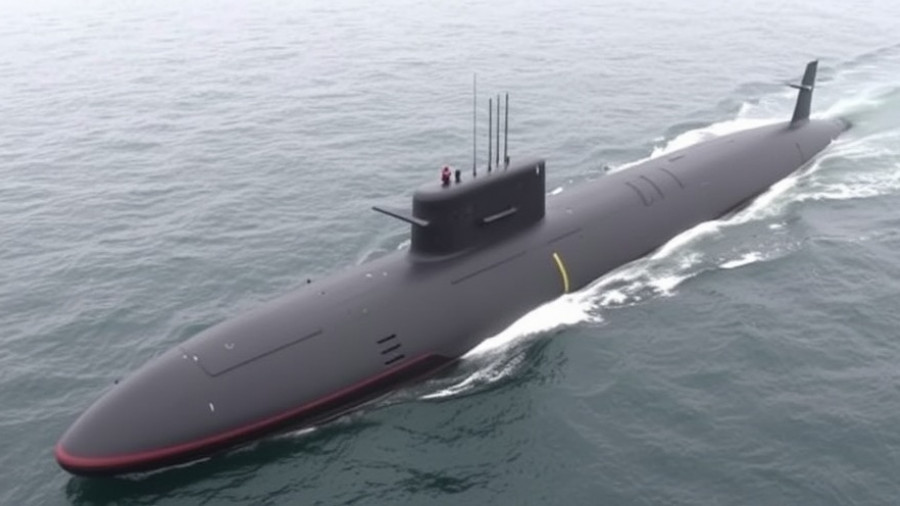
EUROSWEEP: A Game Changer in Maritime Defense Technology
The recent announcement of the EUROSWEEP project by the Abeking & Rasmussen (A&R) shipyard marks a pivotal moment in the quest for advanced maritime security systems. Funded by the European Defence Fund (EDF), this initiative aims to develop a unified, autonomous minesweeping system that collectively enhances the safety of military and commercial maritime operations.
Understanding the EUROSWEEP Initiative
With a total project cost of €37.73 million (approximately $44.4 million), and an EU contribution nearing €28.54 million, the EUROSWEEP project embodies a blend of cutting-edge technology and global collaboration. The selection of this venture highlights A&R’s expertise in autonomous maritime systems, particularly in the development of drones specifically designed for mine countermeasures.
The consortium comprises 13 partners from various European countries, including Germany, Norway, Finland, France, Hungary, Italy, Lithuania, the Netherlands, Poland, Portugal, Sweden, and Denmark. This collaboration is a testament to the unity within Europe concerning innovative defense strategies, as stated in a recent A&R LinkedIn post: “European security depends on joint innovation.”
The Technology Behind EUROSWEEP
At its core, EUROSWEEP seeks to create uncrewed minesweeping drones capable of emulating the signatures—acoustic, magnetic, and pressure—of larger naval vessels. This technological advancement is poised to enhance not only the safety of significant military resupply vessels but also commercial shipping, thus redefining operational protocols in naval defense.
Additionally, the project will focus on critical aspects such as cybersecurity measures and the design of effective operator control stations. In a world of increasing technological threats, ensuring secure operations of these drones offers an additional layer of protection against potential direct attacks on maritime assets.
Future Trends and Opportunities in Autonomous Defense
The implications of the EUROSWEEP project extend far beyond minesweeping. As we move further into an era where autonomous systems are becoming commonplace, the potential applications for similar technologies in anti-submarine warfare and underwater resilience are promising. These enhancements will not only bolster defense mechanisms but will also showcase the modular versatility of such systems, enabling quick adaptations to evolving maritime threats.
The project is set to launch later this year, with an expected duration of approximately four years. Under the coordination of the Norwegian Defence Research Establishment (FFI), it aims to lead the way in autonomous defense innovations.
Public Interest and Economic Impact
The development of the EUROSWEEP project is not just of interest to military and defense sectors; it's also crucial for local economies and job creation, especially in states like Mississippi, where shipbuilding is a significant industry. As advances in technology inevitably create new jobs—particularly in STEM fields—there will be opportunities for workforce training and development in new areas of maritime technology.
Conclusion: A Collaborative Future
The EUROSWEEP initiative exemplifies how collective efforts can drive significant advancements in maritime security technology. As the project progresses, it is vital for stakeholders to consider how innovations can be harnessed for broader economic benefits and improved defense strategies. The maritime defense landscape is on the precipice of transformation, and initiatives like EUROSWEEP are leading the way. Keeping an eye on such developments can empower communities and decision-makers to adapt proactively to future challenges.
 Add Row
Add Row  Add
Add 




Write A Comment